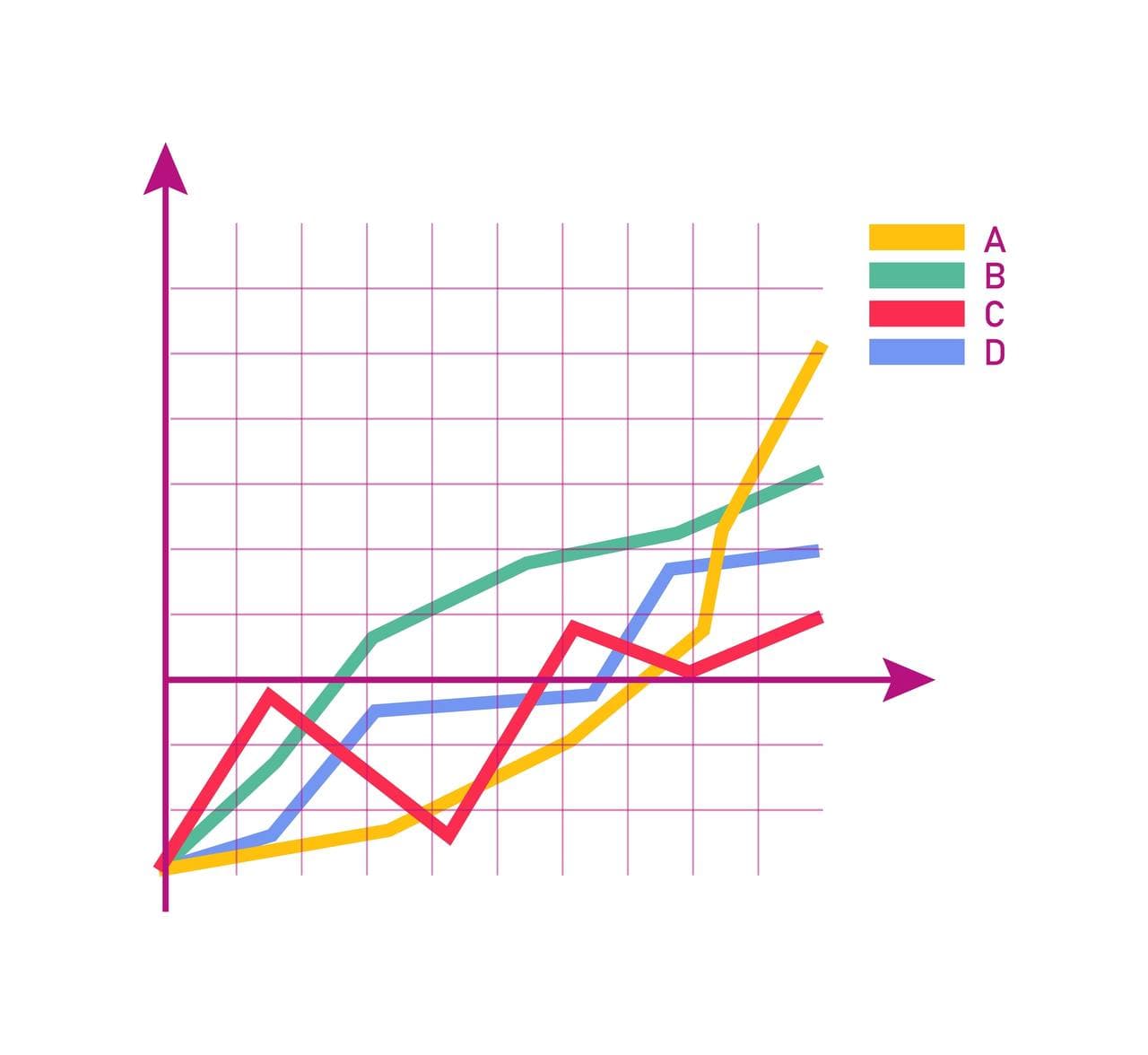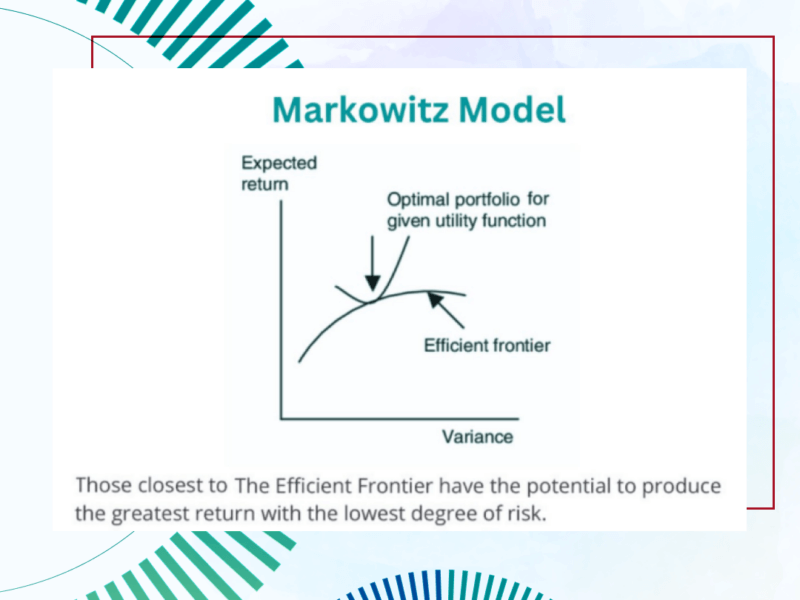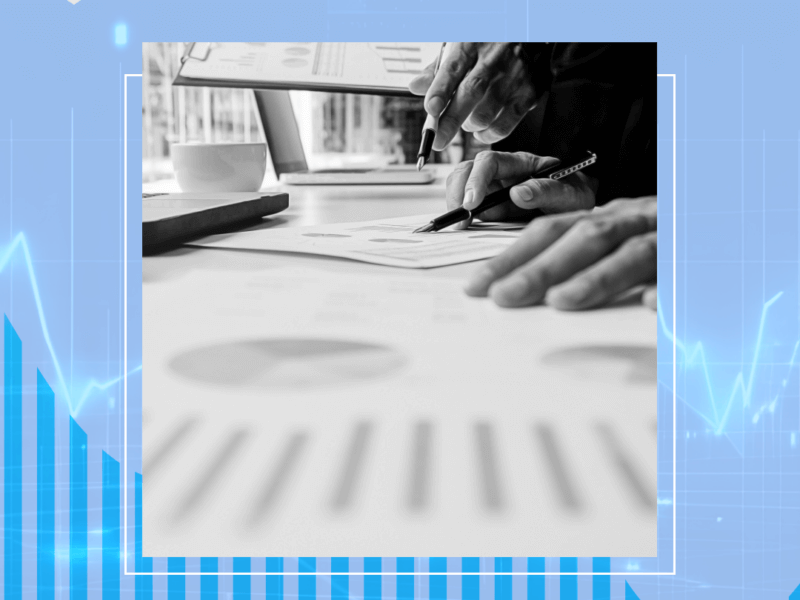“The destination is clear, but the path to get there is treacherous” Sebastian Page, Head of Global Multi-Asset at T. Rowe Price
Introduction
After a rollercoaster of a year, 2021 started with a lot of promise. A new US President started his term, vaccines started to roll out globally, economic data turned a corner and consumer/business confidence was looking healthy. However, things didn’t turn out as expected. Firstly, the vaccine roll outs have been fragmented, with certain economies (Israel, US, UK) pushing for accelerated roll outs, while major economies such as the European Union saw a much slower pace of vaccinations. Emerging markets are facing even slower roll outs which has raised concerns of vaccine nationalism and desynchronised growth globally. Given the impact of the pandemic on global markets, the vaccine roll out has been a significant driver of global markets, as the US pushes to new all-time highs every week, while Europe has been lagging behind.
Another major driver of markets in 2020 was the support provided by central banks globally. Major central bank governors had been calling for fiscal stimulus to provide additional support and push economies out of the recession. With the elections at the start of the year giving a slight majority to Democrats in the US, President Biden was able to pass a $1.9 trillion (with a t) package that included checks that would be sent out to individuals who needed it the most. With the increased debt burden assumed by the US Treasury and a better outlook for the economy, interest rates started creeping up. An increased debt burden leads to investors requiring higher rates to lend, while a better economic outlook leads to higher chances of the Fed increasing rates in the future. Meanwhile in Europe, the fiscal policy lagged behind that of the US, however the expectation is that the stimulus in the US will eventually flow to other parts of the world.
What do higher interest rates mean?
Even though higher interest rates were a result of a better economic outlook, mortgage rates and borrowing rates move in tandem with interest rates, which could cause problems if they move too far, too fast. As a result, Fed Chairman Jerome Powell had to reassure markets that policy interest rates would stay as they are until there’s tangible evidence the U.S. economy has fully recovered (both in terms of unemployment rates and sustained inflation above their 2% target). On the other hand, the ECB, who are facing similar issues, announced that they would be accelerating bond purchases to keep rates low (in turn keeping borrowing rates low).
Higher interest rates also caused some issues for emerging markets and growth stocks with stretched valuations (e.g. technology, EV, speculative stocks); higher interest rates make bonds more appealing as an investment. Investors rotated out of growth/speculative stocks (pushing them lower) to more value-oriented and cyclical stocks. Energy stocks were the main winners globally as crude oil prices roared higher on a better demand outlook, with OPEC keeping a tight grip on the supply side. Economic theory suggests that a higher interest rate should lead to a stronger currency (the US Dollar reversed its downward trajectory and strengthened during the 1st quarter of 2021), which historically has been bad for emerging markets as their USD denominated debt becomes more expensive to service (more local currency would have to be converted to pay the interest payments in US Dollars). Some emerging market economies who are oil exporters were helped by higher crude oil prices.
Turkey
Within emerging markets, Turkish President Erdogan replaced the central bank governor causing havoc in the Turkish markets; the outgoing governor decided to increase interest rates to push down inflation, which in the end cost him his job as Erdogan believes that lower interest rates push inflation lower. Central banks use interest rates as a mechanism to push inflation higher (lower) by decreasing (increasing) policy interest rates. As a result, the Turkish Lira and the Borsa Istanbul 100 index plummeted.
Commodities
The commodities markets continued their upward trajectory, as talks of another supercycle began to surface towards the end of 2020. The main drivers of commodities prices were the supply chain disruptions and increased demand for products resulting from the stimulus packages. Precious metals had a more mixed quarter, as gold and silver underperformed (despite a strong 2020), while copper prices rose on a year-to-date basis; demand for copper is driven by its use in industrial purposes
Other news
- There was a ship stuck in the Suez Canal which caused some concerns for supply chain disruptions; in the end the ship was floated and normalcy resumed
- Major economies are debating whether to increase taxes to finance their spending to combat the after-effects of the pandemic (notably the US and the UK)
- The semi-conductor shortage resulting from the supply chain disruption caused by the pandemic and increased demand for consumer electronics led to some auto manufacturers stopping production due to the lack of chips
- Volkswagen announced its push to EV, planning to become the leader by 2025; this push will hopefully be more successful than their April Fool’s joke of rebranding their US operations to ‘Voltswagen’
- Talks between US and China officials in Alaska were tense, as the two nations grapple for superiority and leadership
- Crypto currencies had a strong quarter, as institutional demand and retail craze pushed Bitcoin above $55,000 (Tesla also announced that they have purchased $1.5 billion in Bitcoin)
- Non-fungible tokens (NFTs) are the new craze (see our blog post)
- Major banks/financial institutions were caught up in major scandals. Supply financier Greensill Capital declared bankruptcy causing financial institutions to fight over who will be left holding the bag, while Archegos Capital Management faced significant margin calls as banks scrambled to minimise their losses and cut their exposure to Archegos
- Meme stocks such as Gamestop, AMC Entertainment, Blackberry and more had an interesting quarter, as their prices went on a rollercoaster ride.
Key Indices Performance – Q1 2021 (31/12/2020 – 31/03/2021)
| Index | Performance (%) | Index | Performance (%) |
| US | Asia | ||
| S&P 500 (US Large Cap) Nasdaq (US Technology) Russell 2000 (US Small Cap) | +5.77% +1.58% +12.44% | Nikkei (Japan) KOSPI (South Korea) CSI (Shanghai) | +7.05% +2.96% -3.13% |
| Europe | Yields (10-year) | ||
| Eurostoxx 50 DAX (Germany) FTSE MIB (Italy) FTSE 100 (UK) | +10.32% +9.34% +10.45% +3.92% | US Germany Italy Japan | 1.746% (+83.4 bps) -0.292% (+28.3 bps) 0.669% (+14.8 bps) 0.095% (+7.4 bps) |
| Commodities | Other highlights | ||
| Gold Silver Copper (futures) Brent crude oil (futures) | -10.12% -7.72% +13.75% +21.12% | Bitcoin/USD US Energy Borsa Istanbul US Dollar Index | +103.32% +30.82% -5.76% +4.09% |
Outlook
The driver of financial markets should continue to be the vaccine rollout and changes to monetary/fiscal policies. With vaccinations picking up in developed markets, with developing markets lagging behind, the race to herd immunity is heating up. As economies start to re-open, consumer/business confidence should pick up, which in turn should push economies out of their slump. A key risk that is emerging is vaccine hesitation, as a significant portion of the population does not want to vaccinated.
In terms of monetary policy, major central banks have indicated that they don’t expect to change their interest rate policy until they see tangible evidence of the recovery. If central banks were to increase rates, this would have an adverse impact on bonds, with the effect on stocks being more mixed as some sectors may benefit from higher interest rates.
In a recent announcement, the International Monetary Fund said the global economy is forecasted to expand by 6% this year, revising its forecast upwards from the 5.5% growth rate estimated in January. For context, this is the highest in four decades and the contraction last year was the worst peacetime decline since the Great Depression (end of 1920s).
Data: https://www.koyfin.com/
Disclaimer Risk Warning: The information in this article is presented for general information and shall be treated as a marketing communication only. This analysis is not a recommendation to sell or buy any instrument. Investing in financial instruments involves a high degree of risk and may not be suitable for all investors. Trading in financial instruments can result in both an increase and a decrease in capital. Please refer to our Risk Disclosure available on our web site for further information.


